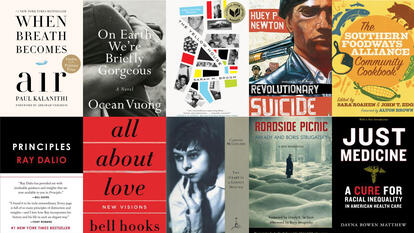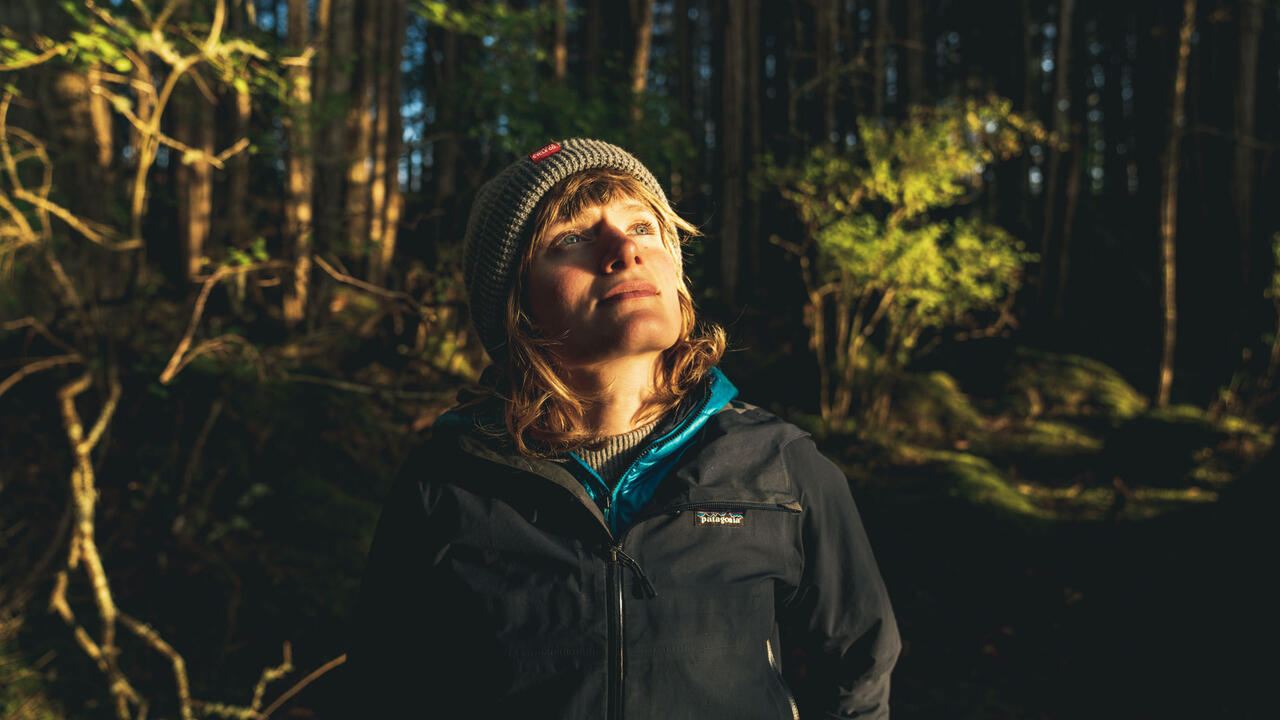
Environmental Activist and Filmmaker Elsa Sebastian ’13 Is Working to Protect Her Alaskan Home
Elsa Sebastian ’13’s hometown of Point Baker, Alaska, is situated on Prince of Wales Island, and its few dozen inhabitants live in houses perched on the edge of the Pacific Ocean. At its heart is a dock, where salmon-fishing boats are tied up in winter. There’s a floating post office and a floating town hall. Once a week, a floatplane lands in the bay and delivers mail and a few small grocery items. In winter, storms are often so fierce that the plane can’t land for weeks at a time.
“Growing up off-grid was amazing,” Sebastian said. “I can’t imagine a happier childhood. The people who live in Point Baker are pretty colorful, and there are a lot of people who find a home in this place even when it’s hard to find acceptance in the rest of the world. People really take care of each other. Living in such a wild place really cultivates a generous spirit.”
It was in Point Baker that Sebastian learned to love remote landscapes, and where her desire to protect them was born. Her journey would take her across the country to Wellesley College, where she learned the tools of filmmaking, and back again, where she would deploy them to protect the old-growth temperate rainforests of her home island. Understory, Sebastian’s recently released film, documents the beauty and importance of the Tongass National Forest, and the threats it faces from clearcut logging.
All photos are provided by Colin Arisman.
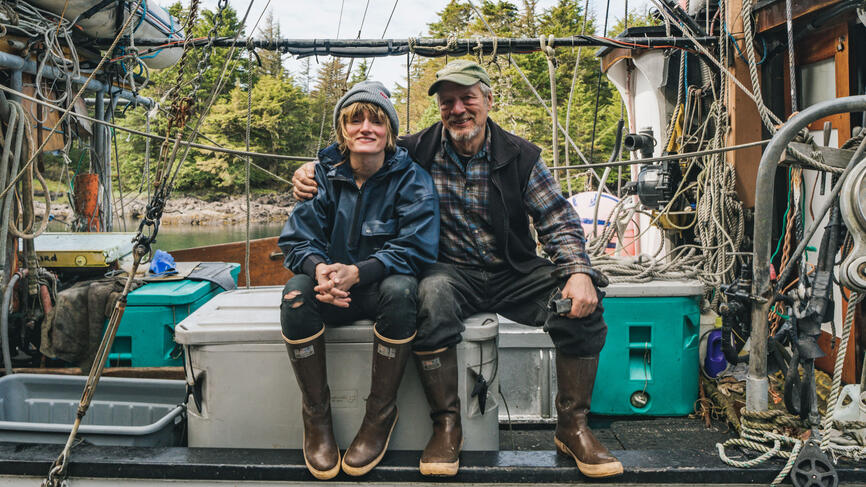
Childhood in the Wild
Growing up, Sebastian never envisioned moving away for college, or even attending a four-year institution. “I always thought I’d attend community college,” Sebastian said. “But I was drawn to Wellesley by the generous financial aid package. Wellesley basically supported my entire education.”
Throughout Sebastian’s childhood, her parents would move the family of four and their dog onto their 42-foot wooden salmon troller and fish the ocean for months at a time. Sebastian started deckhanding on commercial fishing boats as a teenager and was salmon fishing right up until she left for Wellesley. The transition to East Coast college life was abrupt.
“I was working on a commercial fishing boat the summer after graduating high school, and my contract went pretty late into the season,” Sebastian said. “I had to miss orientation, and I flew to Wellesley the day before classes started. I didn’t have time to go home and swap out my fishing duffel, so I literally showed up at Wellesley in dirty Carhartt pants with a duffel bag of clothes. I definitely reeked of salmon.”
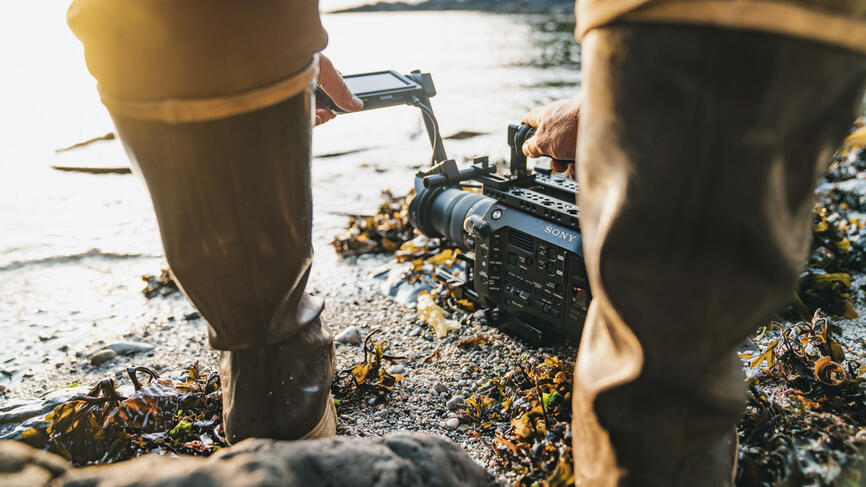
An Education in Film
At Wellesley, Sebastian said, “everything was new.” It was a major adjustment to be so far from wild places, and from mountains, and the Pacific. “It was a definite culture shock to move from a forest to a very controlled, human-dominated landscape,” Sebastian said. “I remember being really unsettled by leaf blowers in the fall, and watching people tend the squares of grass in front of their houses.”
Sebastian eventually came to appreciate “a different kind of beauty in the campus and community.” She also discovered filmmaking. At the beginning of her sophomore year, Sebastian took a semester off to intern in Juneau, Alaska, with Trout Unlimited, a national nonprofit dedicated to conserving, protecting, and restoring North America’s coldwater fisheries and their watersheds. There, she worked on the national distribution of Red Gold, a film documenting the tension between native fishermen who opposed the Pebble Mine project and officials who said they would build a “clean” mine that would leave the salmon’s habitat untouched. Sebastian supported screenings in the Midwest, the Southwest, and other places far from Alaska.
“I was really impressed by how touched people were by that film,” Sebastian said. “I saw how a good film can inspire people about an issue, and how a filmmaker can inspire people to try to live with more heart, passion, and commitment.”
Sebastian returned to Wellesley for her third year “fired up” about filmmaking, and enrolled in a class with Salem Mekuria, professor emerita of art, in Wellesley’s Cinema and Media Studies program. “I felt immediately at home, like it was a place for me to explore and make mistakes,” Sebastian said. “Professor Mekuria seemed to immediately believe in me, and she was really supportive of my creative vision.”
At Wellesley, Sebastian worked on two long film projects: one about a banjo maker in Vermont and the other about a group of young women in Port Townsend, Wash., working to restore the first boat to be sailed solo across the Atlantic by a woman as part of an initiative to teach at-risk youth about local maritime traditions and trades.
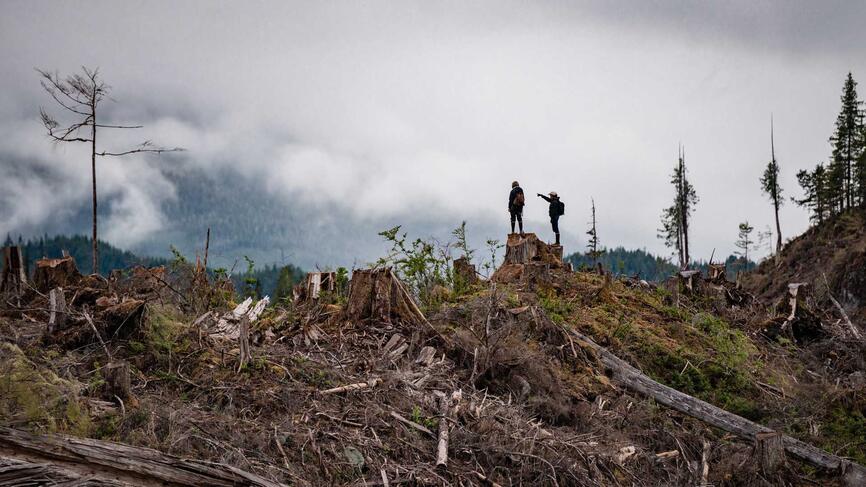
The Genesis of Understory
The seed for Understory was planted in 2017. That year, Sebastian embarked upon a “ground-truthing” project with Natalie Dawson, a biologist who studies endemic species of the Tongass, and Mara Menahan, a botanical illustrator. They wanted to better understand a recently proposed land giveaway, championed by Alaska politicians and the timber industry, that would transfer 2 million acres of federally owned rainforest on Prince of Wales Island and elsewhere to the state of Alaska for logging and mining.
“The basic idea of ground-truthing is going to the land to see for yourself if what you’re being told is true,” Sebastian explained. “I couldn't wrap my head around the scale of the proposed giveaway. I wanted to see things from ground level. I wanted to measure the threat with my own steps.”
Over the course of a month, the three women bushwhacked through 150 miles of rainforest threatened by the proposed public lands giveaway. “It was a really challenging experience, but the conversations we had about the Tongass were amazing,” Sebastian said. “We were basically moving through the threatened forest like animals, and moving through the landscape in this way taught us hard-earned, unforgettable lessons about how logging actually impacts the forest.”
The more time they spent on the ground, the more Sebastian, Dawson, and Menahan felt inspired to share their story. “A few years later, when we had the opportunity to make a film together, we jumped on it,” Sebastian said.
That opportunity arrived in the form of Colin Arisman, a nonfiction filmmaker, founder of Wild Confluence Media, and Sebastian’s partner, whom she met when she was serving as interim director of the Lynn Canal Conservation in Haines, Alaska. Arisman was in town working on a film about a proposed mining project in the area.
“It was a classic Alaska conservation romance,” Sebastian said. “Our first date was flying over the proposed mine site together in a tiny bush plane with no doors. Almost at the beginning of our relationship, we found out that the Tongass was immediately threatened by a proposed rule change.”
The Trump administration was attempting to overturn the “Roadless Rule” protections for the Tongass National Forest, conservation measures that Sebastian’s family had helped lobby for in Washington two decades prior.
“Natalie, Mara, and I realized that we needed to continue our explorations of the Tongass,” Sebastian said. “We wanted to know what this rule change would mean for the forest, and we wanted to go to the land to find a language for what these forests are worth. Colin offered to work with us to help share the story of our expedition, and our team realized that a documentary film would help us reach a national audience.”
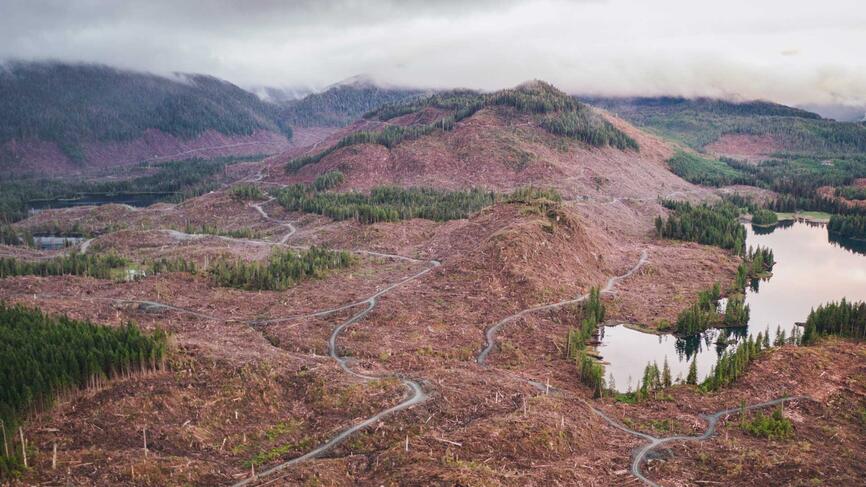
Making the Film
Shooting Understory was an immense undertaking. The crew of three lived on Sebastian’s 38-foot sailboat for a month, along with two cinematographers and all of their film equipment. “My sailboat is not a fancy boat,” Sebastian said. “It was packed, and it was challenging to balance our time ground-truthing with shooting the film.” It was Sebastian’s first long trip in her boat, and the crew had to navigate major engine issues and unpredictable weather.
Editing the film proved challenging, too. “Colin and I worked on it together, and it was also our first experience living together,” Sebastian said. The pandemic hit just as they were wrapping up the first draft of the film. “It was basically the two of us living in this tiny house, editing the film constantly,” Sebastian said. “We edited so many more drafts, and at times it felt really isolating. With documentary film, you never really know if what you have is great or garbage, and it’s the final details that make the film flow: audio engineering, color, custom scoring.” In addition, they were actively fundraising for the next steps of production.
During that time, Sebastian reconnected with Winifred Jane Wood, senior lecturer emerita in the writing program, who had mentored Sebastian in her filmmaking projects at Wellesley.
“Professor Wood was an amazing support for Understory,” Sebastian said. “She took time to write pages of feedback, and break down the meaning of each scene in a very academic way. None of our other story advisors did that, and when it came time to make some hard decisions about the film, like which scenes to cut, her perspective was incredibly helpful.”
The film premiered online on February 25 and is an official selection at several film festivals. “We’ve been incredibly relieved and excited by how well received the film is,” Sebastian said. “It all feels worth it now.”
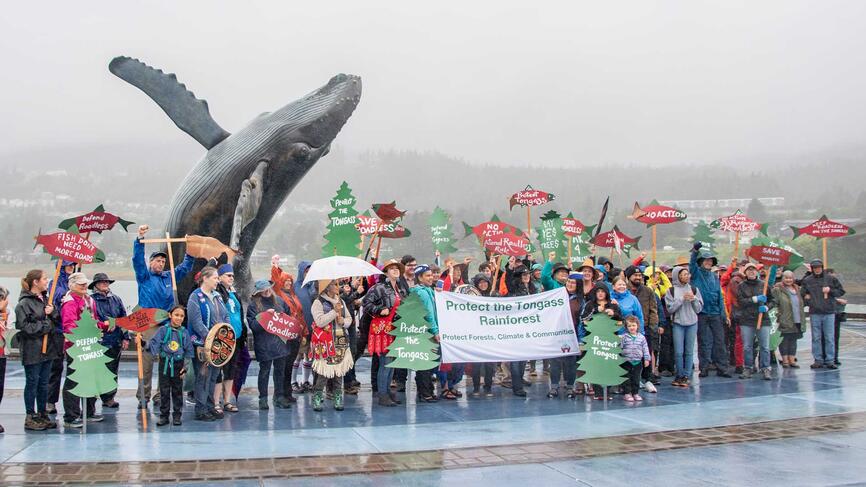
After Understory
Sebastian plans to continue to advocate for the Tongass. She and Arisman are fundraising for a fall outreach campaign for Understory, focusing on the need to protect old-growth forests as carbon reserves and climate sanctuaries and reaching out to high school and college students.
“We think it’s incredibly important that young folks know that there are still ancient forests left in the United States, trees that are literally one thousand years old, and that leaving those forests standing will help stabilize the climate more efficiently than planting tree farms,” Sebastian said.
Sebastian also plans to partner with Wild Confluence Media and Arisman on future conservation films.
“I realized through making Understory that my favorite part of documentary filmmaking is shooting interviews and reviewing transcripts,” Sebastian said. “I love breaking complex arguments down, simplifying things, and helping connect those arguments to emotional responses. It’s very challenging work, and it’s extremely enjoyable. I think my education at Wellesley and my work in the trades have given me a unique skill set as an environmental storyteller, and it’s pretty amazing to be able to find work that so perfectly expresses that background.”



